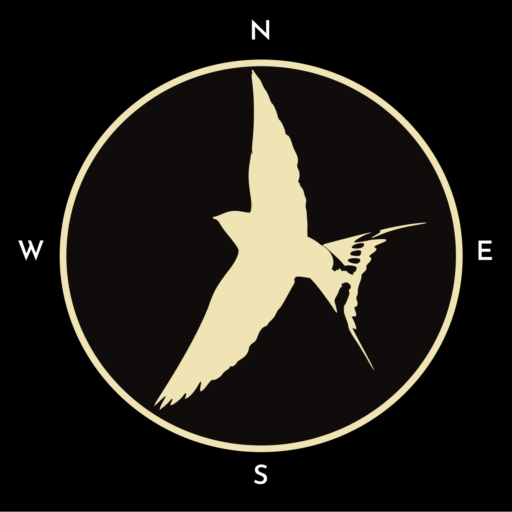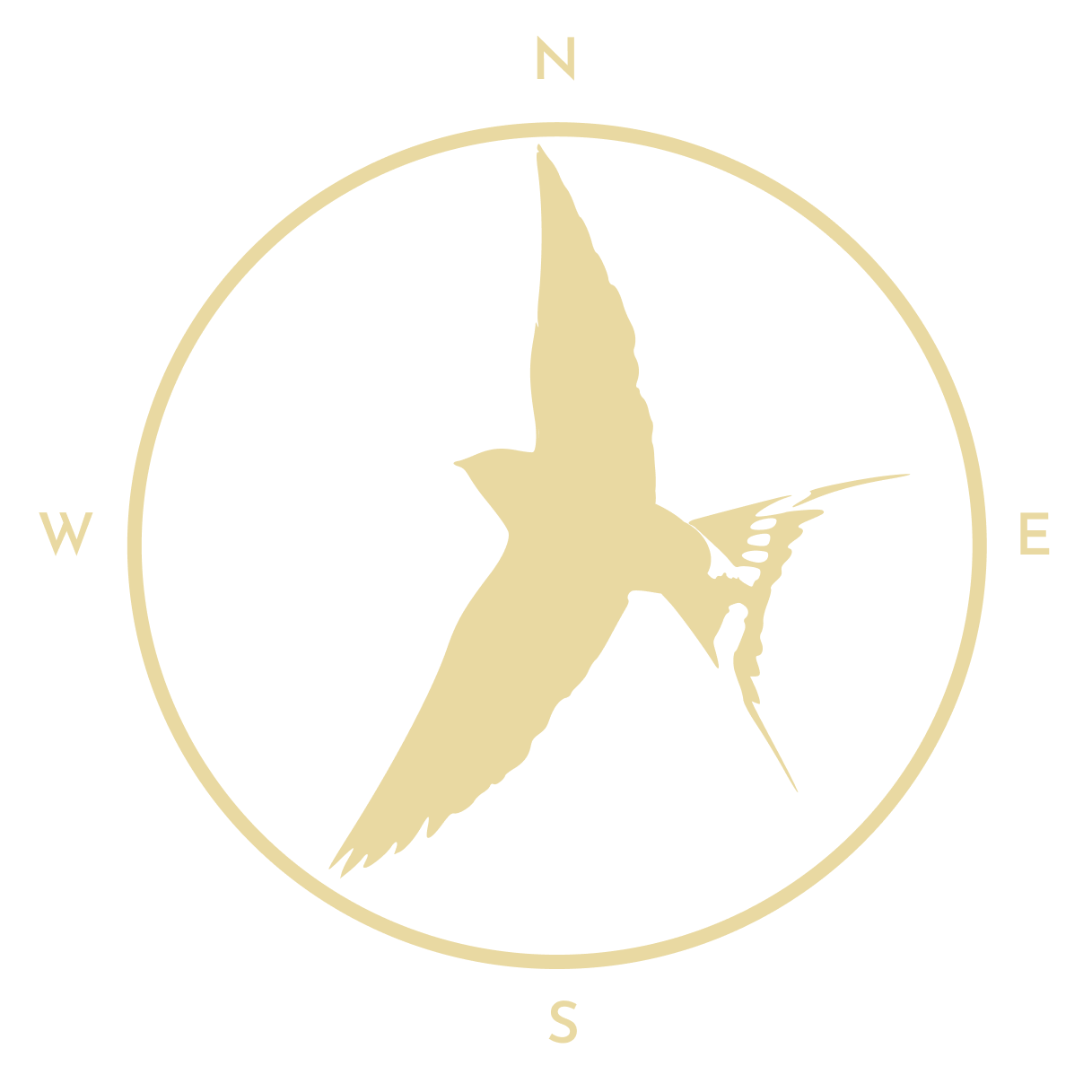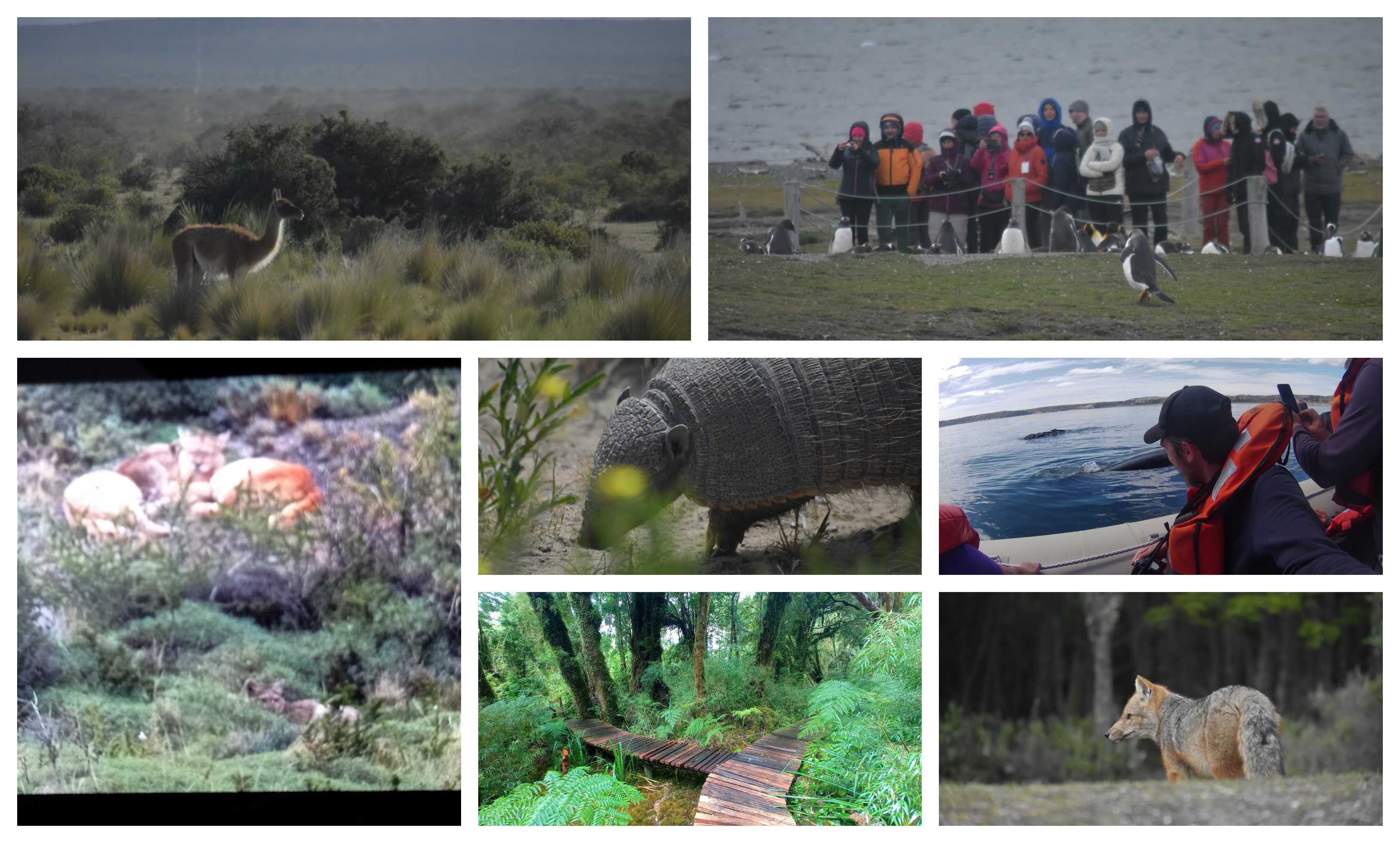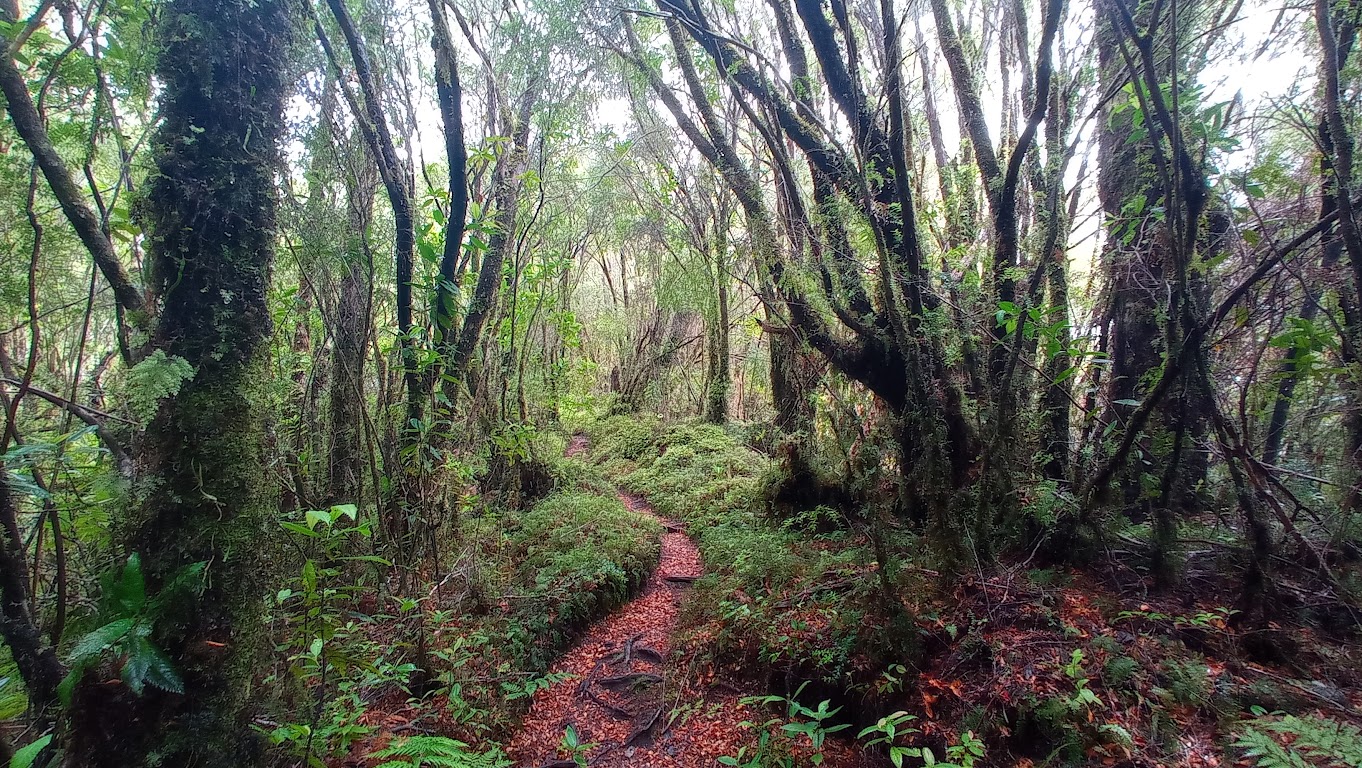Lauca National Park travel guide – The Altiplano at its best
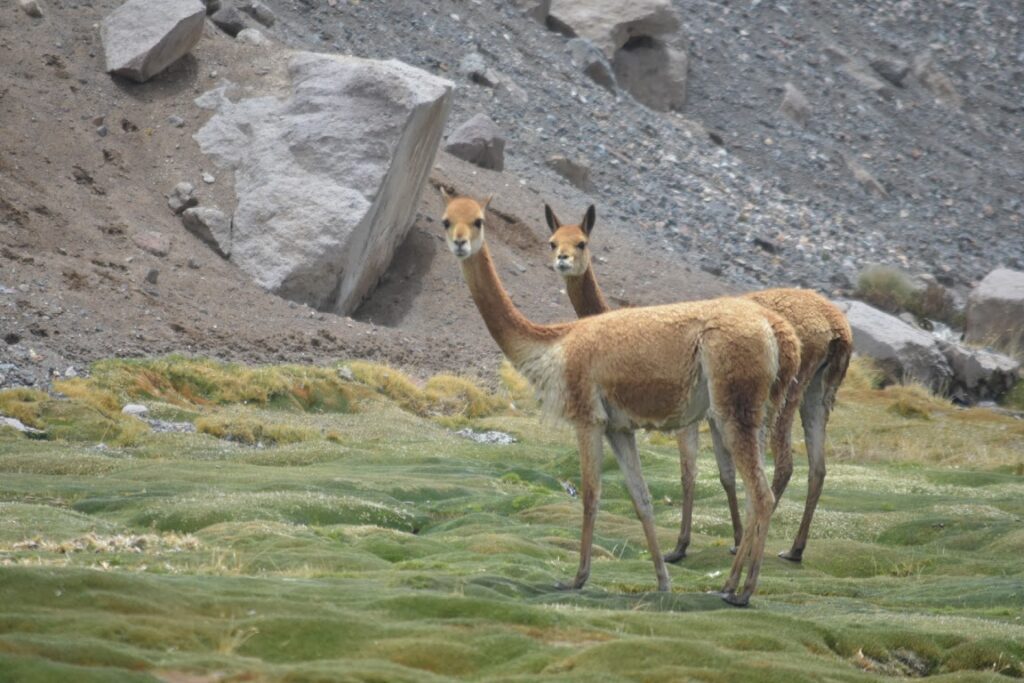

Contents
What is Lauca National Park (and what makes it special)?
Lauca National Park might just be the high Andes at their best. The scenery is practically an Andean Africa: herds of alpaca-like vicuna graze on the grassy expanses of the Altiplano and flocks of flamingos feed in the lakes, all overshadowed by the Kilimanjaro-esque Volcan Parinacota. The trekking is fabulous, the wildlife is abundant and the adjoining gateway town of Putre is so much more than just that: there’s even more great scenery and wildlife to be seen here, including dramatic gorges and Chile’s national animal respectively. Meanwhile, Aymara (indigenous) culture reigns supreme here: you’re just as likely to find elderly women in traditional clothing or shops chock-full of colourful ponchos here as you are in any village in neighbouring Bolivia.
As for where all this is, Lauca sits in Chile’s far northern corner, meeting Peru and Bolivia. The beach city of Arica is only a few hours away but, with much of Lauca’s surface 3300-4000 metres above sea level, it feels like a separate planet altogether.
Lauca National Park animals
Lauca National Park is one of the best places in all of Latin America to spot the altiplano’s wildlife, which may have something to do with the fact that Chilean national parks tend to be better funded and less blighted by corruption than other Latin American countries.
When heading in or out of Putre, it’s worth looking out for one of the resident families of huemul deers. Chile’s national animal, they come down from the high peaks to graze in the hills around town in the early morning. Many people who’ve gone looking for them say that the old access road is the best place to see them, although two people I met who had done the trek southwest of town said they’d seen fifteen. Birdwatchers should also keep their eyes out around here for mountain parakeets and hummingbirds.
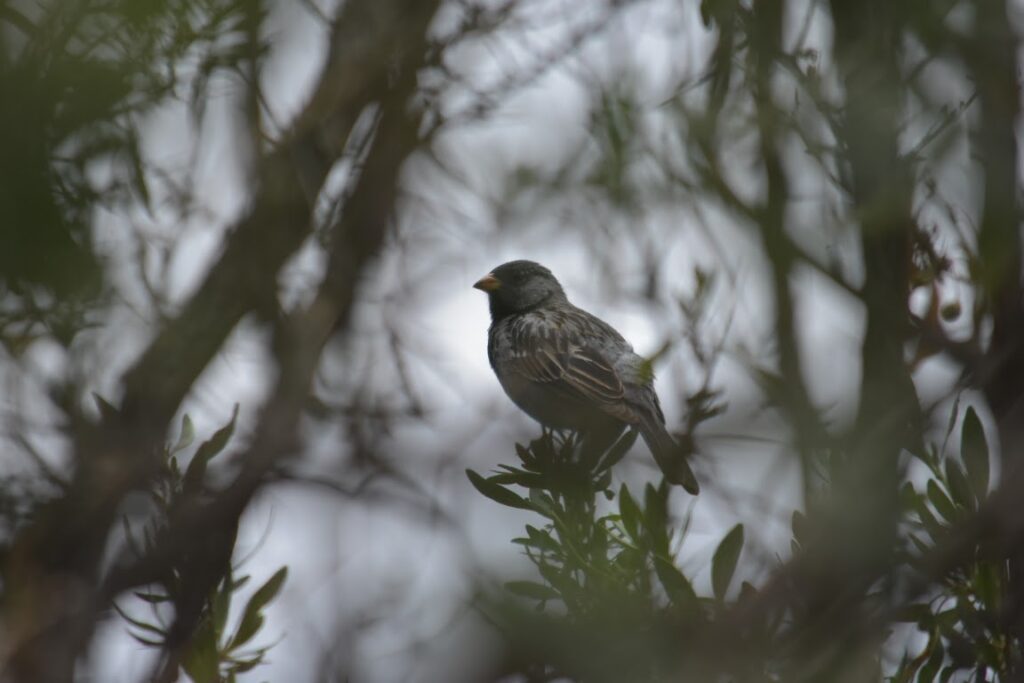



Generally speaking, though, the first animals you’ll see as you leave Putre will be llamas and alpacas. This area still farms them, and you’ll likely be served their meat in Putre’s restaurants. Once you get higher up you’ll start to see large herds of the alpaca’s wild cousin, the vicuna, whose “cuddly” face and slim neck betray that relation.


Another animal Lauca has in abundance is the viscacha, a rodent that looks like a chinchilla apart from its rabbit-like ears. Practically any rocky outcrop, including the walls around Parinacota, should harbour groups of them. Lauca’s viscachas will often allow you to get quite close to them, the proud result of extensive protection from hunting.
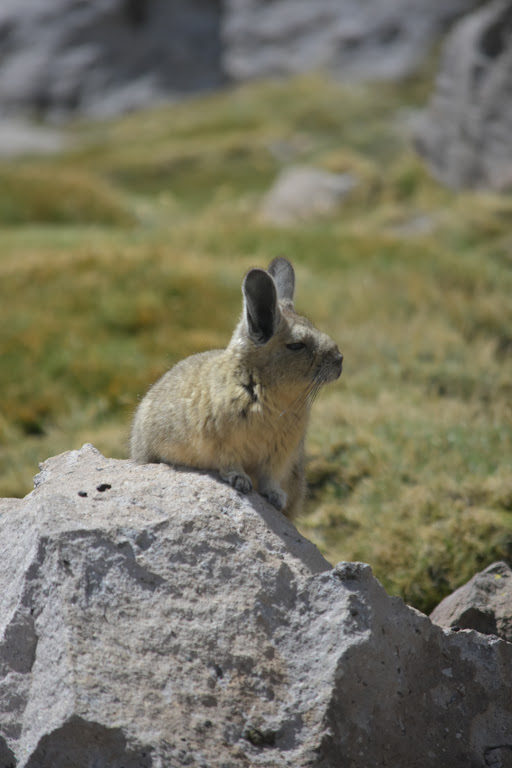

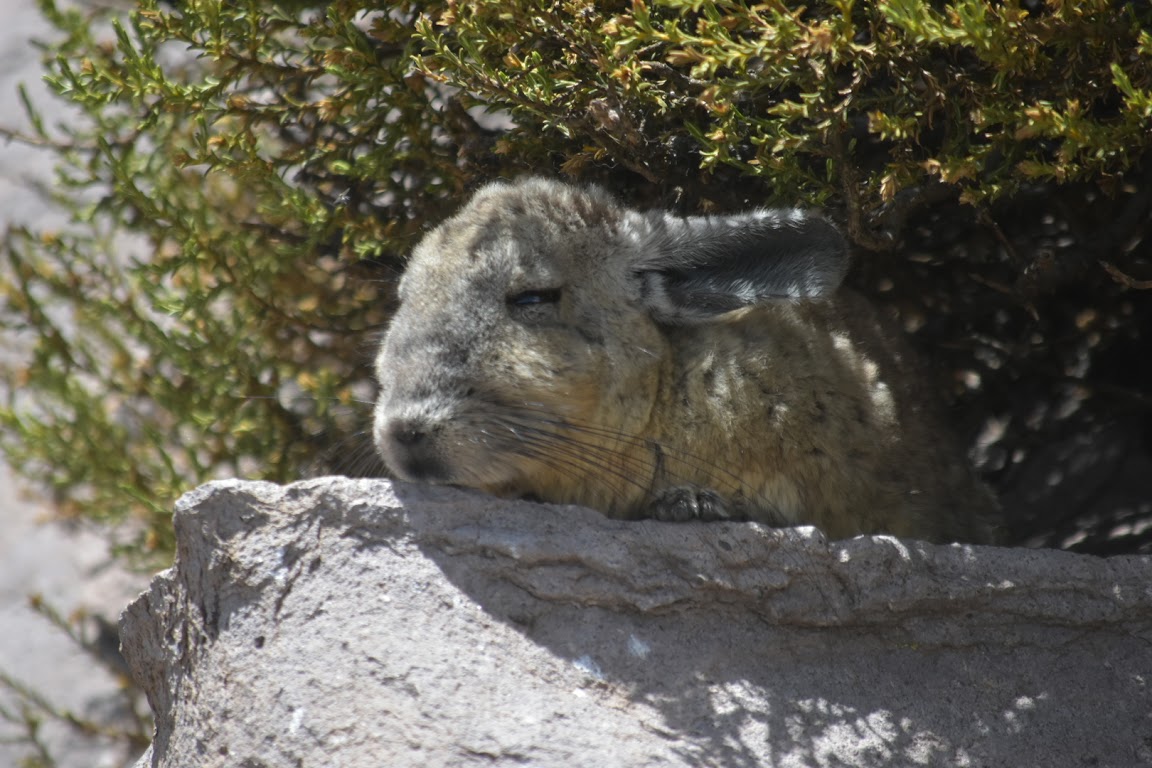



Once you get to Lago Chungara you’ll see that it’s chockablock with birdlife, with flocks of ducks, grebes, giant coots and Andean gulls covering the surface near the shores. Visit at the right time and you might also see the three species of flamingos that call the altiplano home: Chilean, Andean and Puna.
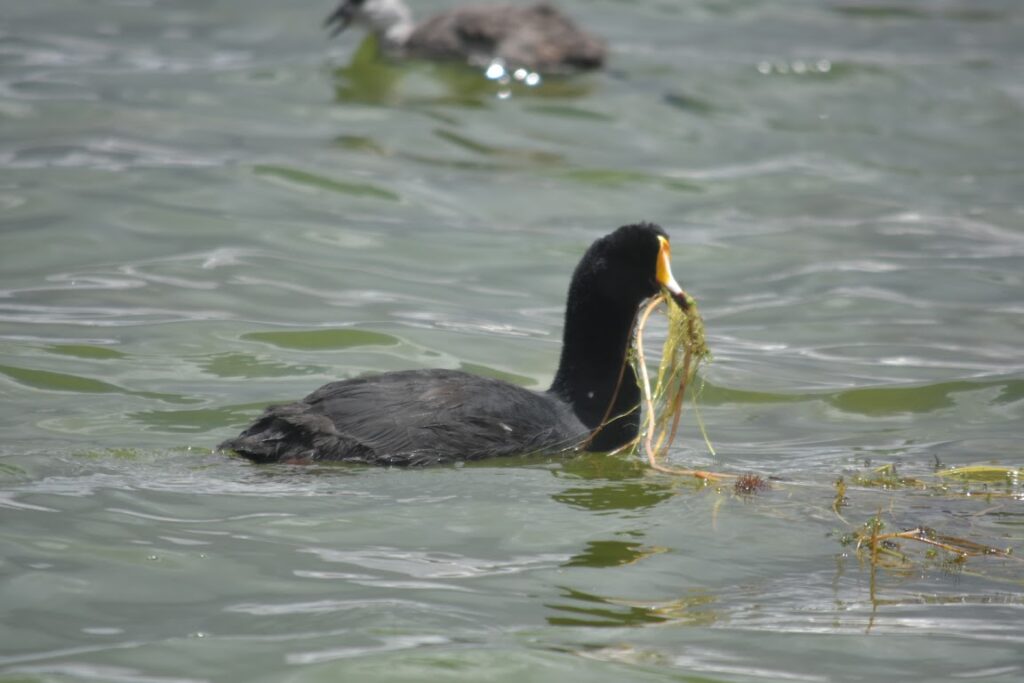



Another animal that lives here, yet which you’ll need extreme luck to see, is the Andean mountain cat. This may be the best place in the world to spot this elusive feline, but clapping eyes on one is still a distant shot from being easy. Just ask the folks over at Mammal Watching.
Lauca National Park treks
With snow-capped peaks and gaping gorges, the Lauca National Park and Putre area offers plenty of opportunities to get your legs working. Most can be done independently, with trails clearly marked, and there are opportunities for anything from short strolls to full-day hikes.


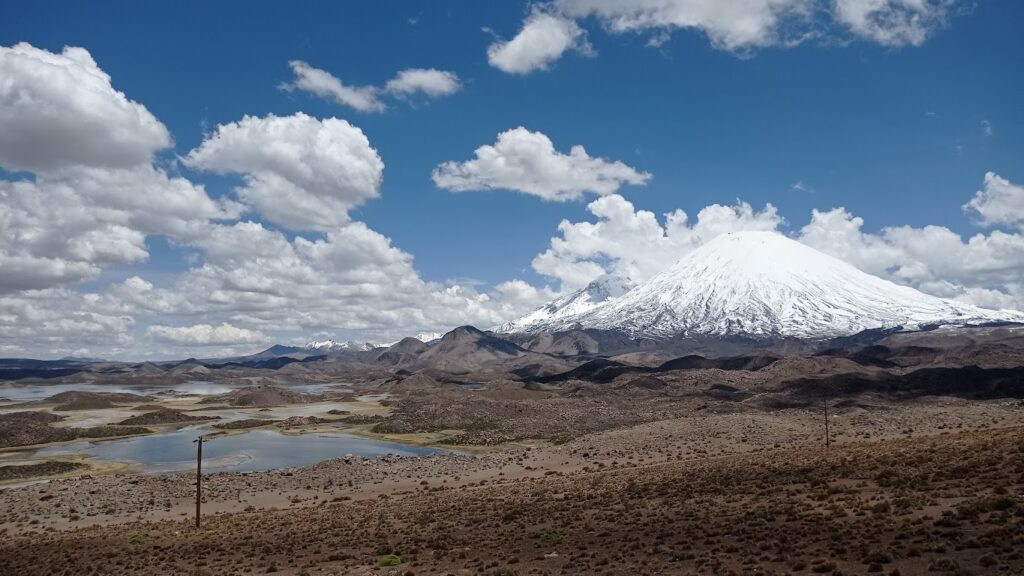

Two longer trails that are particularly worth mentioning are one leading southwest from Putre (follow the dirt road behind the military base), where you’ll see five different landscapes in the span of five hours, and Parinacota Volcano, a 6000-metre high peak that sits right on the Chilean-Bolivian border. Given that it’s a tougher climb, and one that comes with red tape, going with an agency is recommended for this one.
Historical sights
Given how far removed Lauca National Park seems to be from civilisation, it may surprise you to find out that it has a lot to offer history buffs. The Altiplano of Lauca was once part of the Incan Empire, and the terraced fields and remains of stone houses clustered around certain parts of the park suggest that there were sizeable towns and villages here. The biggest clusters can be found around the tiny village of Parinacota, the only settlement within the park itself.






Here, you’ll also find Chile’s oldest church. Dating back to the 17th century, this blend of European and Indigenous architecture has various curiosities within its walls – including a small collection of human skulls. Getting in may require asking around for the caretaker. Don’t worry, there are only two families in the village, so it shouldn’t take long.
How to visit Lauca National Park (by car or tour)
Completely independent travel is only really possible by car. There are quite a few car hire places in Arica, and you should also fill up your tank here since there are no fuel stations in Putre. The road up to Putre is in good condition, as are those in the park, but one thing you should be aware of is the high number of trucks you’ll encounter – this is the highway between La Paz and Arica, and one of the most trafficked in the world. As a result, this may slow you down, and you should also be aware that Chilean drivers are a little more gung-ho about overtaking round a bend than in Europe.
For those who can’t drive, buses between Arica and La Paz are an in-theory option since they do pick up and drop off passengers all along the way. However, since the schedules are infrequent and the points-of-interest are many, going on a tour really is worth the extra cost.
Tours from Arica are widely available and some can be booked online, though be mindful that one day of activity at such high altitudes can often induce altitude sickness. Make sure they include oxygen tanks, a night in Putre, or both.
A good alternative is to head to Putre by bus first and then organise a day trip to the park from there. I personally did this through Pachamama Hostel, and found it to be one of the best tours I’ve done in Latin America. It wasn’t too early a start, the hostel’s manager (who was doubling as our guide) was full of interesting info, we visited all of the park’s highlights along the highway and because it was me and a few others from the hostel, it felt more like a road trip than a tour.
Whether or not this tour will go ahead depends on how many other travellers want to join, so if visiting in the low season (December – February) it may be an idea to stay for a few days. Pachamama works with other agencies, so if they haven’t got enough people themselves they should be able to get an alternative arranged.
How to get to Putre
Buses from Arica only leave once a day, and at 6AM. The company that operates it, Pullman Buses, won’t have its offices open when the bus departs, which could be a problem in theory since you technically need a ticket to access the platforms. Explain to the guards that you intend to buy one onboard and you should be ok. If they won’t budge, you can also stand by the road just outside the terminal and catch it there, which is what one guy did. Whether you buy a ticket here or the day before at the office, it will cost you $6,000 pesos and they only accept cash.
It’s a three-hour journey from there to Putre, across the Atacama Desert and up into the hills. The bus should have a toilet, though as with most buses, it won’t be in the loveliest condition. The day I went, it was somehow hotter than an oven inside – needless to say, I got my business done quickly.
Buses back to Arica are at 14:20 and leave from outside Pullman’s office in Putre. The office itself is quite well-hidden, with no windows and only a small door that will make you feel like you’re about to enter someone’s house, but locals will be able to point you in the right direction.
Accommodation in Putre and where to eat
A budget option that comes recommended by Lonely Planet, and yet hasn’t lost any of its charm, is Pachamama Hostel. The courtyard and living area are the perfect place to relax after a day in the park, play a game of pool or brew a cup or coca tea to cope with the altitude. Many evenings also involve some kind of entertainment here – me and the other guests got a pisco sour-mixing session one night and a taste of the manager’s music skills another. On top of all this, they’re a great place to arrange tours around the park.






Another great option for budget travellers is Hostal Cali. Set in a traditional house (straw on the roof and all), this place comes with friendly staff, a cosy common area and spotless rooms.
The best way to find cheap accommodation in Putre is, as usual, to search on booking.com.
Putre only has a couple of restaurants around the main square, one of which has a good-value menu del dia. At $5,000 for soup and a main, it’s one of the cheapest meals you’ll get in Chile. For people who like to cook or want to grab a morning empanada, there are quite a few small shops dotted around town. What they have in stock can be a little random – if one doesn’t have what you’re after, try the next one along.


How much does it cost to visit Lauca National Park and Putre?
Lauca National Park itself is free to enter. Yes, you read that right: for both locals and foreigners, this is one of the few national parks in Chile (and indeed, Latin America) where you can come and go without paying a penny. As for other costs, here is what you’ll pay:
-A private room in Putre: ~$30,000 CLP
-A dorm bed at Pachamama: $21,000 CLP
-Day tour: $30,000 – $50,000 CLP, depending on how many people join
-Menu del dia at one of Putre’s restaurants: $5,000 CLP
Disclaimer: This blog post uses affiliate links. By clicking on these links and making a subsequent purchase, I’ll receive a small commission. Don’t worry, though, it won’t cost you a penny more Dear Reader!

